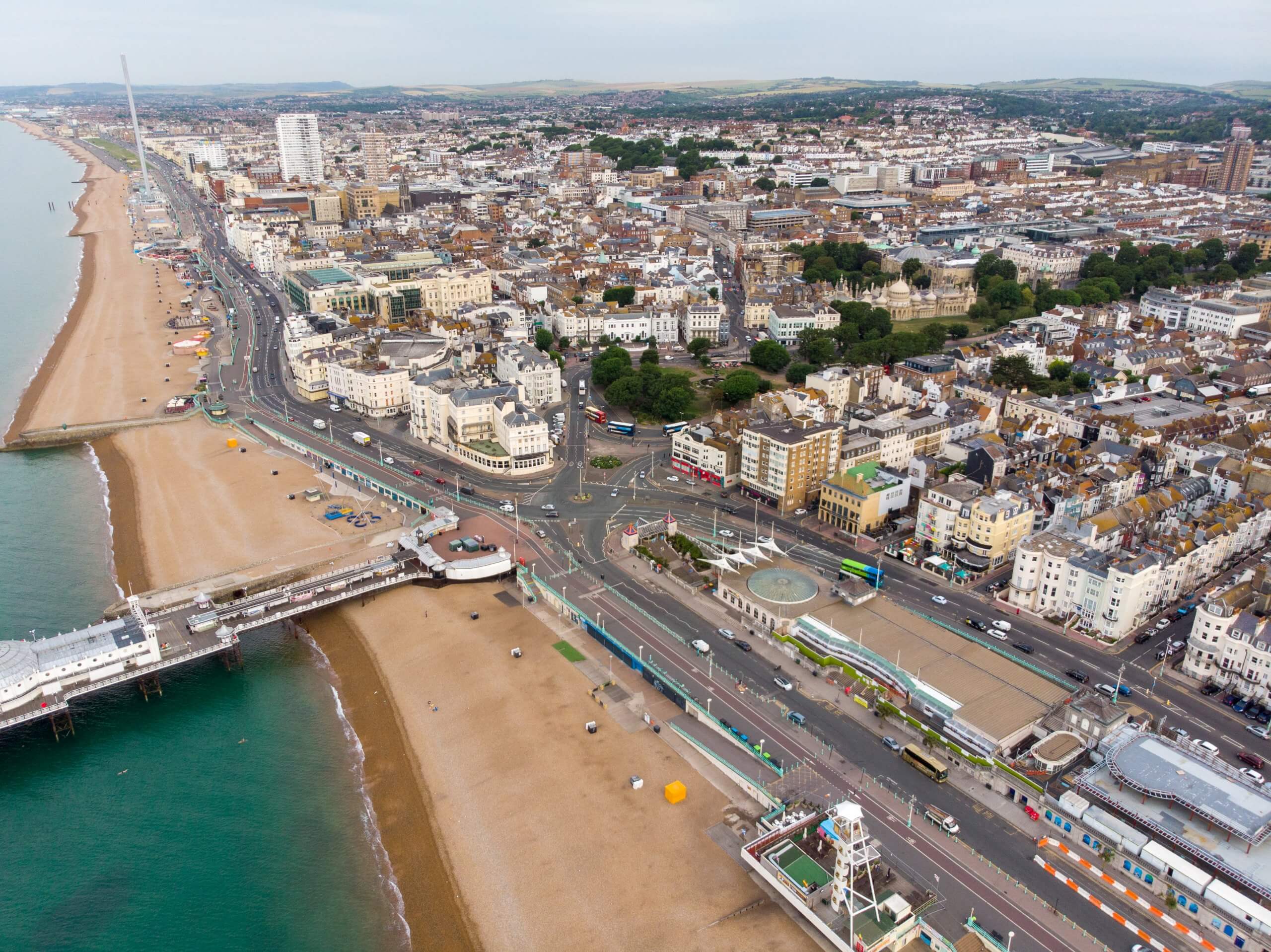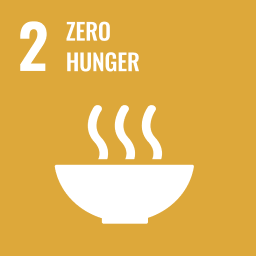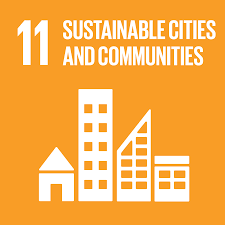The action and its aims
In 2015 Brighton and Hove developed its city-wide Food Poverty Action Plan 2015-18 using a multi-sector participatory approach. The plan took a year to develop and the process involved over 50 organisations that took part in several consultation events, round tables, focus groups with people experiencing food poverty, and one-on-one conversations.
Why it was needed
The participatory approach was taken to ensure the experiences of people in food poverty were taken into account, to promote ownership of the Food Poverty Action Plan by a broad spectrum of city stakeholders (and, as a result, willingness to implement actions within their own organisations), and to pave the way for the action plan to embedded in various city policies.
Who initiated it, who is involved
Brighton and Hove Food Partnership instigated, led development and drafted the action plan. Esmée Fairbairn Foundation funded development of the action plan. Brighton & Hove City Council committed to working on the action plan in 2014 and formally adopted the final result. Those involved in the participatory process included: local government department decision makers and budget holders, community, voluntary and faith groups, food banks, lunch clubs and shared meal settings, citizen advisory services, organisations assisting the elderly and gardening projects.
Outcome/how it strengthened coordination
The resulting action plan, which sits under the Brighton and Hove Food Strategy, was formally adopted by Brighton & Hove City Council and the Health & Wellbeing Board, and is integrated into the city’s Joint Strategic Needs Assessment (JSNA).



